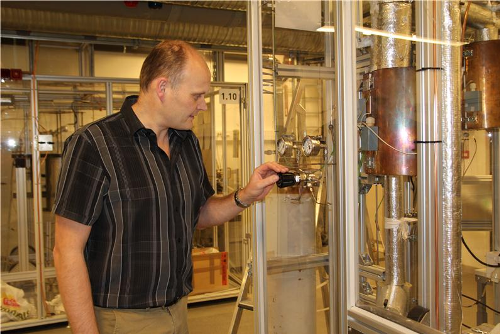Being presented with € 4 M by the EU, the new research project will develop carbon materials to be used for catalysis instead of precious metals. The research will enable sustainability in the manufacture of chemicals and commodities. It will also help maintain the global leading position of the European process industry.
 Magnus Rønning
Magnus Rønning
The project is dubbed FREECATS, where doped carbon nanostructures act as metal-free catalysts. Directed by the Norwegian University of Science and Technology (NTNU), this project involves researchers from nine European research institutions and technology enterprises. This initiative is led by Professor Magnus Rønning from the Catalysis group at the university’s Department of Chemical Engineering. Being initiated on 1 April 2012, the project will continue for another three years.
Precious metals like platinum are being depleted by catalysis. The rate of chemical reaction is impacted by catalysts, which is a major factor in process industry. Platinum group metals cannot be sourced from Europe. Carbon-based metal-free catalysts contribute to increased reduction in the growing demand for platinum group metals in Europe. Carbon-based catalysis provide sustainability advantages.
FREECATS has been selected for three applications such as water purification, fuel cell technology, and the production of light olefins. Here, metal-based catalysts are replaced with metal-free catalysts.
In fuel cells, Catalysts can initiate the process wherein energy from fuel is transformed to electricity including oxygen. Fuel cells generate energy that has an insignificant amount of greenhouse gases. Inclusion of high-cost materials and components render the method expensive.
Conversion of propane and ethane to light olefins in the manufacture of polyolefin materials rely on catalysts. However, there is increase in the global demand for olefins. Due to inappropriate selection process, the existing application of platinum-based catalysts involved in manufacturing lacks sustainability.
Catalysis involves oxidization or mineralization of organic compounds in water into harmless substances. The method is effective for removing solvents, bacteria, chemicals or fertilizers in industrial and agricultural waste water.